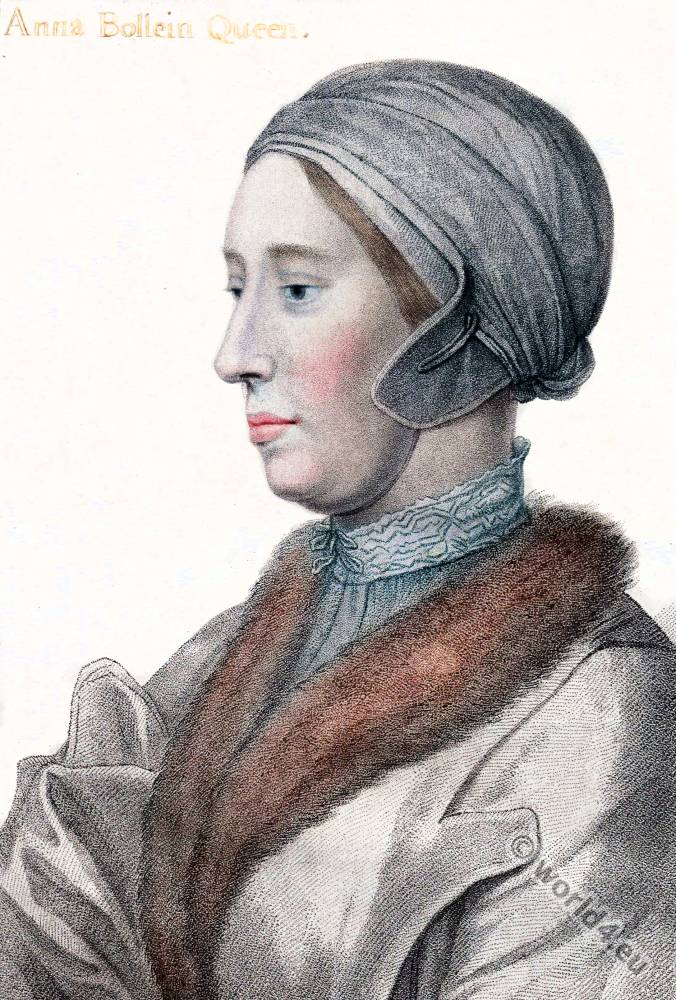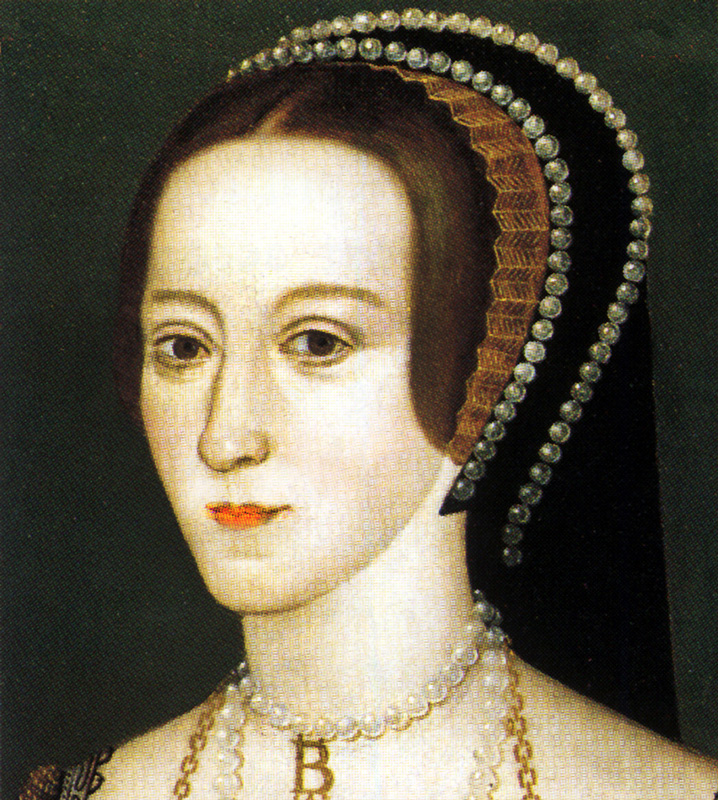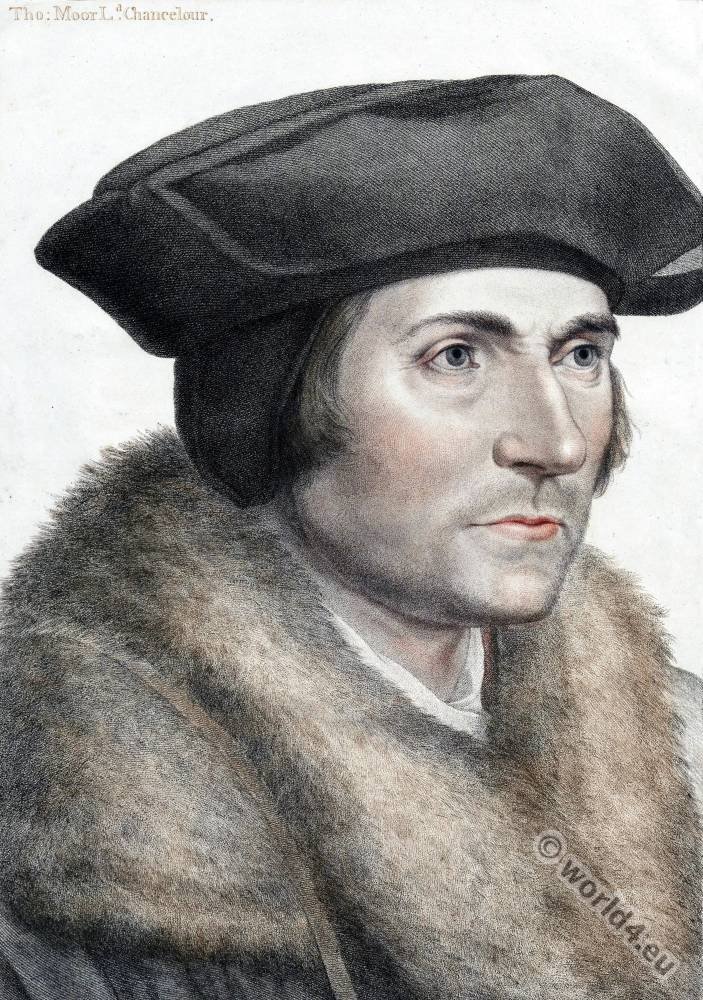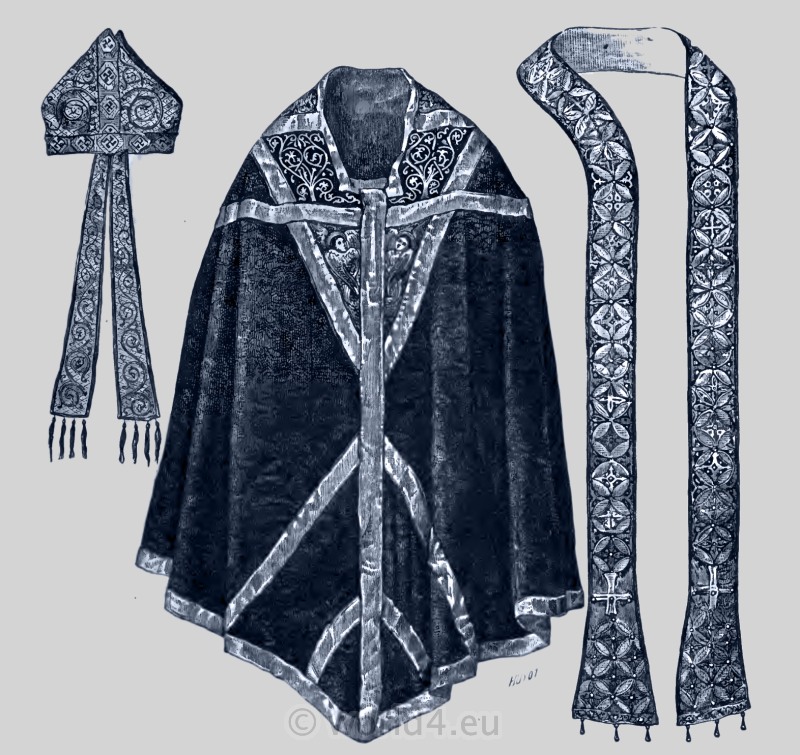
Mrs. Anne Turner in Edwardian in widow costume. Executed Nov. 15th, 1615.
Mrs. Anne Turner (born Anne Norton 1576–1615), English maidservant convicted of the murder of Sir Thomas Overbury.
The Thomas Overbury affair was the greatest scandal of seventeenth century England featuring a heady mix of adultery, murder and necromancy, and has been described as “one of the most sensational crimes in English history”.
Mrs Anne Turner (1576 – 1615), was the widow of a respectable London doctor who was hanged at Tyburn for her role in the famous 1613 poisoning of Sir Thomas Overbury.
Turner was hanged at Tyburn on 15 November 1615. Her hangman, not by coincidence, also wore “bands and cuffs of the same colour.” Yellow starch then went out of fashion.
Turner reportedly left behind three illegitimate children she had with the English politician Sir Arthur Mainwaring (c.1580 – 1648).
The Thomas Overbury Affair: A Historical Examination of Mrs. Anne Turner
Introduction to the Thomas Overbury Affair
The Thomas Overbury Affair constitutes a significant incident in early 17th-century England, intertwining the realms of court intrigue and political scandal. At the time, England was under the rule of King James I, whose political machinations and personal relationships created a fertile ground for controversy.
Overbury, a courtier and poet, found himself at the center of this drama, becoming an unwitting participant in a conspiracy that would culminate in his tragic demise. The events leading up to Overbury’s death shed light on the volatile intersection of power, love, and betrayal within the court of James I.
The affair began when Robert Carr, the favorite of King James I, became infatuated with Frances Howard, the Countess of Somerset. Overbury, a close friend of Carr, advised against the match due to Frances’s tumultuous romantic history and the scandal it could unleash.
This advisory stance ultimately placed Overbury in a precarious position, as Frances sought to remove any obstacle in her path to marrying Carr. As tensions escalated, Overbury was imprisoned in the Tower of London, where he remained under suspicious circumstances leading to his untimely death in 1613.
The investigation into Overbury’s death revealed a broader conspiracy involving Frances Howard and her associates, including her husband, the Earl of Somerset. The ensuing trial not only highlighted the influence of personal relationships within the aristocracy but also reflected the anxieties of a society grappling with questions about loyalty, ambition, and moral integrity.
The fabricated narratives and ultimate revelations surrounding Overbury’s murder drew public fascination, leaving an indelible mark on the political landscape of the time. Examining the Thomas Overbury Affair reveals crucial insights into the dynamics of power and the precarious nature of favor at the royal court, setting the stage for further exploration of its historical significance.
Who Was Mrs. Anne Turner?
Mrs. Anne Turner emerged as a pivotal character within the tumultuous landscape of the early 17th century, particularly during the infamous Thomas Overbury Affair.
Born into a relatively humble background in 1580, Turner was the daughter of a clerk, a social status that set her apart from the upper echelons of society. However, through her marriage to a wealthy gentleman, she elevated her standing, which significantly impacted her interactions with influential figures of the court.
Turner is best known for her close relationship with Frances Howard, the Countess of Somerset, who was embroiled in a scandal that resulted in the murder of Thomas Overbury.
This association, often highlighted in contemporary accounts, was foundational in understanding the dynamics surrounding Turner’s character and motivations. She acted not only as a confidante to Howard but also as an intermediary, helping to facilitate the tumultuous events that would follow Overbury’s tragic demise.
Her involvement in the affair brought unwanted attention, with her reputation quickly becoming synonymous with scandal. She was described in court documents and public opinion as manipulative and ambitious, driven by a desire to ascend the ranks of society.
Contemporary sources often depicted her as a woman of remarkable charm and intellect, yet vexingly entangled in dramatic events beyond her control. Her character was both vilified and romanticized, illustrating the complex social dynamics that defined her era. Critics at the time also noted her penchant for alluring fashion, which further cast her as a notable figure amidst the intrigue.
Ultimately, Anne Turner’s historical narrative serves as a testament to the intricate web of motivations and societal pressures that female figures navigated in a patriarchal society. Her role in the Overbury scandal has made her a figure of interest for historians seeking to understand the nuances of power and gender during this dynamic period.
The Conspiracy and Events Leading to Overbury’s Death
The murder of Thomas Overbury in 1613 emerged as a significant scandal in early 17th-century England, entangling notable figures in a web of intrigue, deception, and ambition. At the center of the conspiracy were Mrs. Anne Turner and Frances Howard, both of whom played crucial roles in orchestrating Overbury’s demise.
The narrative began with Frances Howard, who found herself in an unhappy marriage to Robert Devereux, the Earl of Essex. Desiring to be free from this union, she set her sights on marrying another prominent figure, meaning Overbury had to be removed from the equation.
Central to the conspiracy was the collaboration between Anne Turner, a well-known figure in court circles, and Howard. Turner, who was deeply invested in securing her own social standing, became complicit in devising a plan to eliminate Overbury.
It was with cunning and subtlety that they plotted to poison Overbury, an act predicated on their shared ambitions and desires. The initial decision to target him came after Overbury openly voiced his disapproval of Frances’s intentions surrounding her marriage prospects.
The execution of their plan involved gathering together a band of conspirators who would aid in carrying out the murder. A pivotal moment occurred when they chose to administer poison via a potion, underscoring a deliberate intent to prolong Overbury’s suffering. Once the act was committed, a chain of events unfolded, culminating in the eventual arrest of all involved parties.
The ensuing scandal reverberated throughout society, raising questions about morality, justice, and the lengths individuals would go to for power. The trial of Anne Turner and the subsequent legal repercussions not only highlighted the gravity of the crime but also marked a turning point in public perception regarding femme fatales in English history, creating a lasting impact on the societal landscape of the time.
Consequences and Legacy of the Thomas Overbury Affair
The Thomas Overbury Affair, which culminated in the scandalous murder of the man in 1613, had far-reaching consequences that resonated through early 17th century England. Following the discovery of Overbury’s death attributed to poisoning, a series of high-profile trials ensued, bringing to light the sordid details of this infamous case.
Mrs. Anne Turner, a key figure implicated in the murder, faced trial alongside several conspirators, including Lady Frances Howard, the principal instigator of the crime. In 1616, Turner was executed, her life illuminating the perilous intersection of ambition, desire, and moral corruption in a society grappling with the complexities of justice.
The public reaction to the affair was one of shock and fascination, as the sordid and theatrical elements of the case captivated citizens from all walks of life. It served as a moral lesson about the consequences of unchecked ambition and the lengths to which individuals might go for power.
This scandal not only disclosed the vulnerabilities of the elite but also ignited discussions surrounding societal norms, gender roles, and the justice system of the time. The portrayal of women, particularly in the figures of Mrs. Turner and Lady Howard, sparked debates about morality and female agency, challenging existing stereotypes and reflecting the intricate dynamics of gender in early modern England.
Moreover, the legacy of the Thomas Overbury Affair has endured within cultural narratives, emerging in various retellings across literature and the arts. Subsequent interpretations of the affair have been enriched by its historical context, inspiring writers and artists to explore the themes of betrayal, guilt, and the human condition.
The affair has not only contributed to a better understanding of the social landscape of its time but has also provided a lens through which modern audiences can reflect on issues of morality, justice, and the complexity of human relationships. In conclusion, the repercussions of the Thomas Overbury Affair continue to resonate, revealing the enduring fascination with this tragic and transformative episode in history.
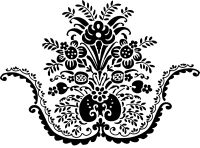
Discover more from World4 Costume Culture History
Subscribe to get the latest posts sent to your email.

